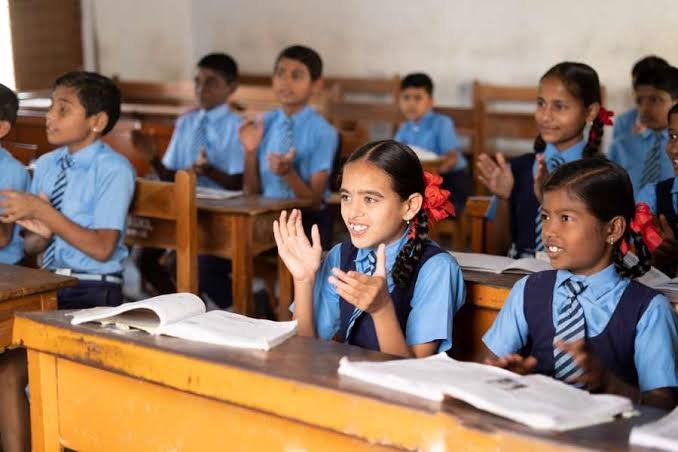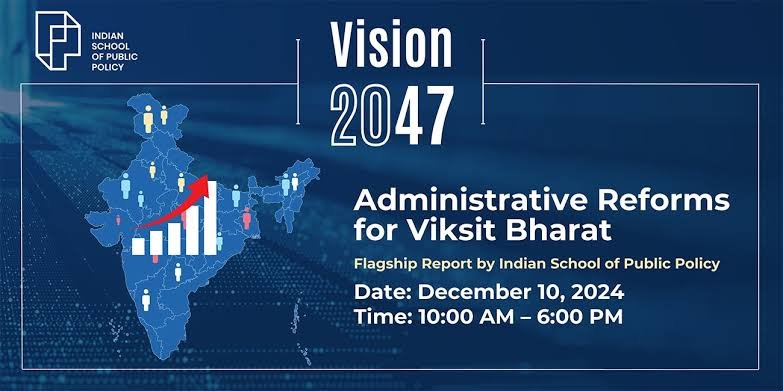Education is the foundation of any developed nation. For India to achieve the dream of Viksit Bharat 2047, strong and progressive education reforms are essential. The goal is to create a knowledge-driven society where every citizen has access to quality education, modern skills, and opportunities to succeed in a globalized world.
The National Education Policy (NEP 2020) has already laid the groundwork for a new era of learning, aiming to prepare India’s youth for the challenges of the 21st century.

Importance of Education in Viksit Bharat
- Builds skilled and innovative workforce.
- Reduces inequality and promotes social mobility.
- Encourages research, innovation, and global competitiveness.
- Strengthens democracy through informed citizens.
Key Education Reforms for Viksit Bharat 2047
1. Implementation of NEP 2020
- Introduction of a flexible 5+3+3+4 school structure.
- Focus on critical thinking, creativity, and problem-solving.
- Emphasis on mother tongue/local language as a medium of instruction.
- Holistic report cards replacing rote-based evaluations.
2. Digital Learning and Technology in Education
- Expansion of platforms like SWAYAM, DIKSHA, and e-Pathshala.
- Virtual classrooms and AI-based personalized learning.
- Bridging rural-urban divide with BharatNet internet access.
3. Skill Development and Vocational Training
- Integrating vocational courses from school level.
- Preparing youth for future jobs in AI, robotics, renewable energy, and fintech.
- Strengthening Skill India Mission to provide industry-ready training.
4. Research and Innovation Ecosystem
- Establishing world-class universities and research institutes.
- Promoting R&D collaborations with global institutions.
- Encouraging innovation through Atal Innovation Mission.
5. Inclusive Education
- Special focus on girls’ education and marginalized communities.
- Scholarships and digital tools for economically weaker students.
- Accessible education for divyang (differently-abled) students.
6. Teacher Training and Empowerment
- Regular upskilling of teachers with new teaching methods.
- Digital training modules for educators.
- Improving teacher-student ratio in rural areas.
Government Initiatives Driving Education Reforms
- Samagra Shiksha Abhiyan – integrated school education program.
- Rashtriya Uchchatar Shiksha Abhiyan (RUSA) – improving higher education.
- Skill India & PMKVY – skill development programs.
- Digital India Education Initiatives – making education accessible online.
- National Digital University (proposed) – providing affordable world-class education.

Challenges in the Education System
- Unequal access in rural and tribal regions.
- Infrastructure gaps like shortage of teachers and classrooms.
- Digital divide affecting e-learning adoption.
- Pressure of exams and outdated rote learning in some areas.
Way Forward for Viksit Bharat 2047
To align education with the vision of Viksit Bharat, India must:
- Fully implement NEP 2020 across all states.
- Ensure digital literacy for every student.
- Increase public investment in education to 6% of GDP.
- Foster collaboration between industry and academia.
- Build a strong ecosystem for research, innovation, and entrepreneurship.



